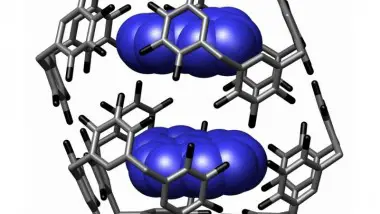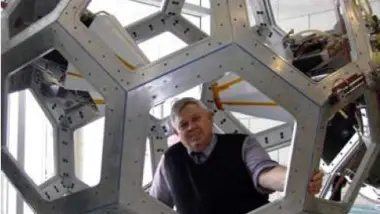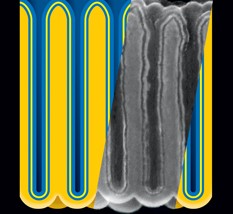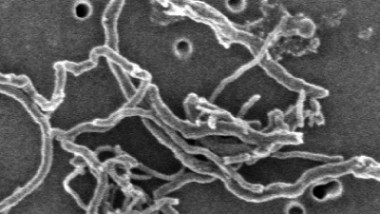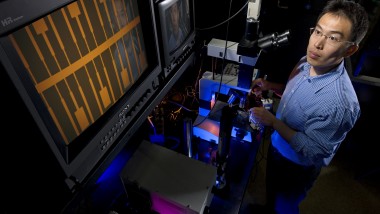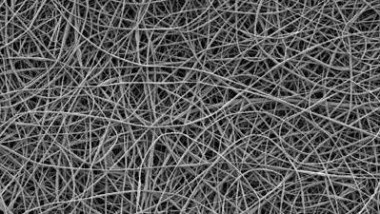Researchers at the University of Illinois at Urbana-Champaign (UIUC) have developed a nanoparticle ink that could make flexible printed electronics and solar cell arrays much easier to generate. Composed of a water-based solution mixed with a high concentration of silver ...
New ‘Smart’ Nanocapsule Delivery System
Researchers at the UCLA Henry Samueli School of Engineering and Applied Science have recently developed a new intracellular delivery platform that uses nanocapsules. These tiny capsules are made up of a single-protein core and has a thin polymer shell; thanks ...
Overcoming Barriers for Organic Electronics
Researchers from Stanford University have recently shown that it is possible to create electronics basing on organic materials. This novel demonstration might help engineers to design better digital displays, ‘electronic newspapers’ and other futuristic devices that rely on such improvements ...
Nanolenses for High Resolution Imaging
Researchers at the Pohang University of Science and Technology in Korea have developed nanolenses capable of imaging objects too small for conventional lenses. They can also be used for ultraviolet lithography and detecting infrared light emitted by quantum dots. The ...
Filling Fullerene with Radioactive Atoms
Scientists from Virginia Commonwealth University (VCU) have developed a hands-off process for filling fullerenes with radioactive material. Fullerenes are hollow carbon molecules that can be filled with different types of metal atoms. This new finding could be utilized in medical ...
Molecular Gear at the Nanoscale
Scientists from Singapore’s Agency for Science, Technology and Research (A*STAR), specifically from the Institute of Materials Research and Engineering (IMRE), have created the world’s first molecular gear, using advanced nanoscale technologies. This achievement marks a radical shift in the scientific ...
Nanocapacitors Offer High Power and Large Storage
Researchers at the University of Maryland in College Park, Maryland have created nanocapacitors capable of both high power concentrations and large storage capacities. Traditionally, capacitors offer high levels of power discharge and batteries offer large amounts of storage but this ...
Carbon Nanotubes Dangerous to the Environment
Scientists from the research center Forschungszentrum Dresden-Rossendorf (FZD) have discovered worrying properties of carbon nanotubes, which indicate that nanotube production may be dangerous to the environment. Their discovery, they say, may halt an otherwise diverse and fertile research area. Atomic ...
Carbon Nanotubes ‘See’ Full Visible Spectrum
Researchers at Sandia National Laboratory in Livermore, California have created the first carbon nanotube device capable of detecting light in the entire visible spectrum. This should enable scientists to study single molecules and how they react to light. The new ...
Electrospun Fibers Softer Than Silk
Researchers from the Massachusetts Institute of Technology (MIT) have developed a tissue-like material that is softer than silk and made up of fibers that are a thousand times thinner than a human hair. The unique fabric, according to the scientists, ...

